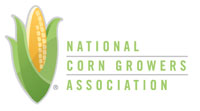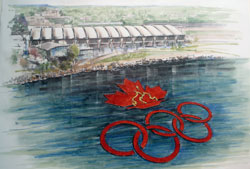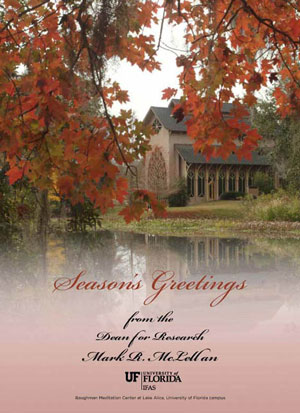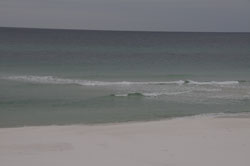 The AG CONNECT Expo “Advocating for Agriculture” Awards winners have been announced.
The AG CONNECT Expo “Advocating for Agriculture” Awards winners have been announced.
Over 20,000 votes were cast for the AG CONNECT Expo Awards! Thank you to all of you who participated! And the winners are…
Ag Woman of the Year Award
Grand prize winner: Liz Doornink
Runner-up winner: Jolene Brown
Community Leadership Award
Grand prize winner: Fred Rogge
Runner-up winner: Julie Brashear
Ag Innovation Award
Grand prize winner: Samuel Petty
Runner-up winner: Christopher Callahan
Grand prize winners in each category receive a free trip to AG CONNECT Expo 2010, including roundtrip airfare for two to Orlando, Florida, from anywhere in the continental U.S., hotel accommodations for two people for up to four nights, a complimentary rental car provided for up to four days for exploring Orlando, two complimentary admissions to the show including Preview Day, and two free tickets to the Education Breakout Sessions of their choice.
Runner Up Winners in each category receive two complimentary admissions to AG CONNECT Expo 2010 including Preview Day and two all-access passes to attend their choice of 24 Education Breakout Sessions.
All winners will be honored at AG CONNECT Expo 2010 in Orlando, Florida, during the “Celebration of Agriculture” VIP reception from 4:00-6:00pm on Preview Day, January 12, 2010.

 The
The  Now this is going to be impressive. Thirteen million cranberries will be used to make a “colossal depiction of the Canadian Olympic Committee’s logo” and it will be floated in the Fraser River running in front of the Richmond Olympic Oval throughout the 2010 Olympic Winter Games.
Now this is going to be impressive. Thirteen million cranberries will be used to make a “colossal depiction of the Canadian Olympic Committee’s logo” and it will be floated in the Fraser River running in front of the Richmond Olympic Oval throughout the 2010 Olympic Winter Games.
 Thank you for the holiday wishes Mark McLellan, Dean of Research for the University of Florida Institute of Food and Agricultural Sciences.
Thank you for the holiday wishes Mark McLellan, Dean of Research for the University of Florida Institute of Food and Agricultural Sciences. Pure was known as Pure Marketing & Media. Now the name is purely Pure. The company just announced the launch of a new brand identity built around its exclusive p.u.r.i.f.y.™ brand development process.
Pure was known as Pure Marketing & Media. Now the name is purely Pure. The company just announced the launch of a new brand identity built around its exclusive p.u.r.i.f.y.™ brand development process. Agriblogging will be happening from the beach for a few days as Cindy and I try to escape the cold, almost winter, temperatures. Although it’s looking like we’re going to have some weather move in tonight.
Agriblogging will be happening from the beach for a few days as Cindy and I try to escape the cold, almost winter, temperatures. Although it’s looking like we’re going to have some weather move in tonight.
 Our second day in the frigid state brought us to the home of Brent Schipper of Conrad, where we had to record in the office to avoid becoming popsicles. Despite the weather challenges and a late harvest, Brent is very pleased with his crop this year, which was helped by Headline fungicide. “With the late harvest, the corn did stand very well,” Brent said. “The yield increase helped because Headline eliminated some of the disease pressure we had from the cool, wet weather.”
Our second day in the frigid state brought us to the home of Brent Schipper of Conrad, where we had to record in the office to avoid becoming popsicles. Despite the weather challenges and a late harvest, Brent is very pleased with his crop this year, which was helped by Headline fungicide. “With the late harvest, the corn did stand very well,” Brent said. “The yield increase helped because Headline eliminated some of the disease pressure we had from the cool, wet weather.”